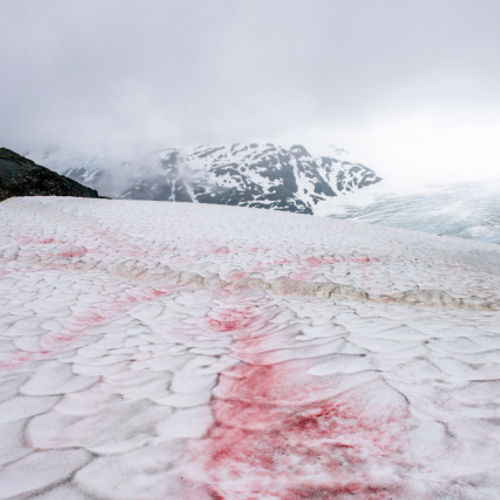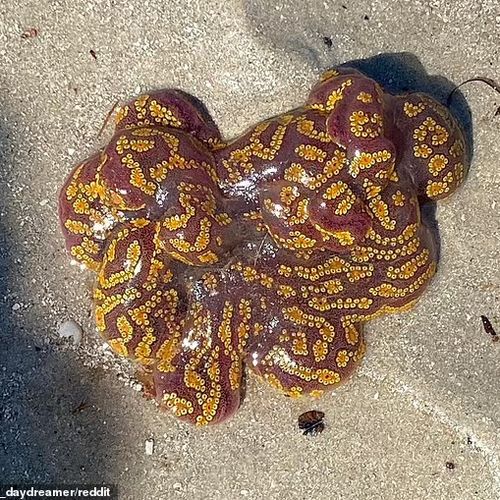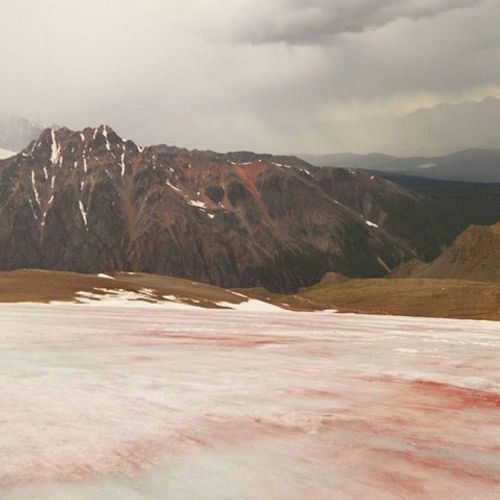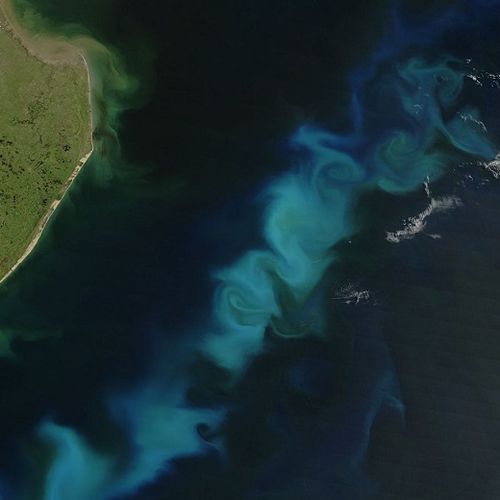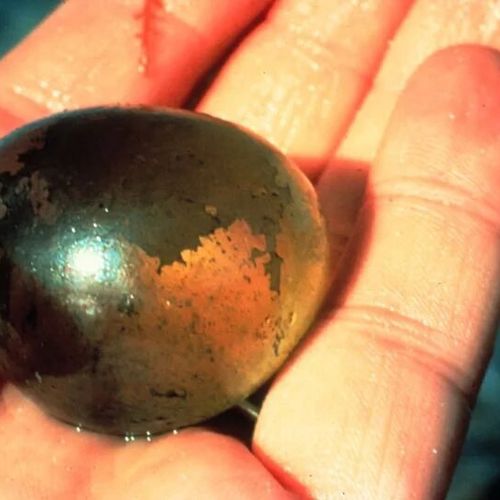
| Added | Thu, 12/10/2017 |
| Источники | |
| Дата публикации | Wed, 11/10/2017
|
| Версии |
Last month, September 11, operational cartographer OLI on Landsat-8 captured this image of the coast near the Australian city of Gladstone. Small red and white rectangles on the water — it's the ships that leave from the port of Queensland on a long journey or have returned home. Along the way they cross the green and yellow bands, which is a flowering algae that is collected at the edges of water masses and wave fronts in the coral sea.
It is assumed that this algae species Trichodesmium spp. microscopic photosynthetic cyanobacteria, which are combined into long yarns on the surface of the sea. They meet in different places around the world and usually bloom off the coast of Queensland from August to December when the water is heated. Some evidence suggests that their flowering here in the last few years happening more often and starting earlier.
From ship or shoreline, they look like dirty brown or green stripes on the surface of the water, and when they get to the beach, it resembles an oil slick. Such blooms near the Australian coast two centuries ago captain James cook and scientist Charles Darwin, and the sailors called them sea sawdust or scum.
Most of these algae are harmless to humans, although the decay produce a very unpleasant fishy smell, and in case of riotous bloom can Deplete the oxygen in water, causing the death of marine life. But despite this, Trichodesmium play an important role in the ocean: they transform nitrogen gas from the atmosphere into ammonia fertilizer, which plants can use for growth.
Researchers from the University of Bristol suggested that the evolution of nitrogen-fixing photosynthetic cyanobacteria around 800 million years ago may have helped to accumulate the balance of carbon, nitrogen and oxygen in the atmosphere and ocean, which contributed to the development of higher forms of life. Nitrogen-fixing organisms can take nitrogen directly from the atmosphere and turn it into nutrients, simultaneously producing oxygen. Thus they fertilize the ocean for the other phytoplankton and however increase the oxygen content in the air.
Translated by «Yandex.Translator»
© NASA
Translated by «Yandex.Translator»
Новости со схожими версиями
Log in or register to post comments



